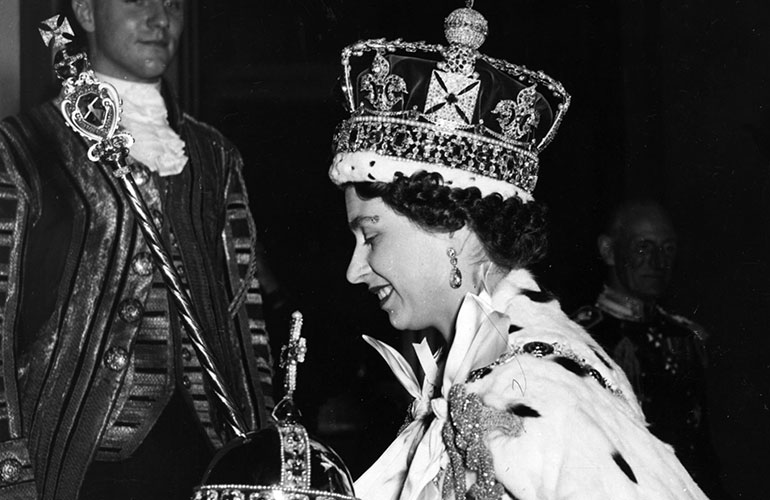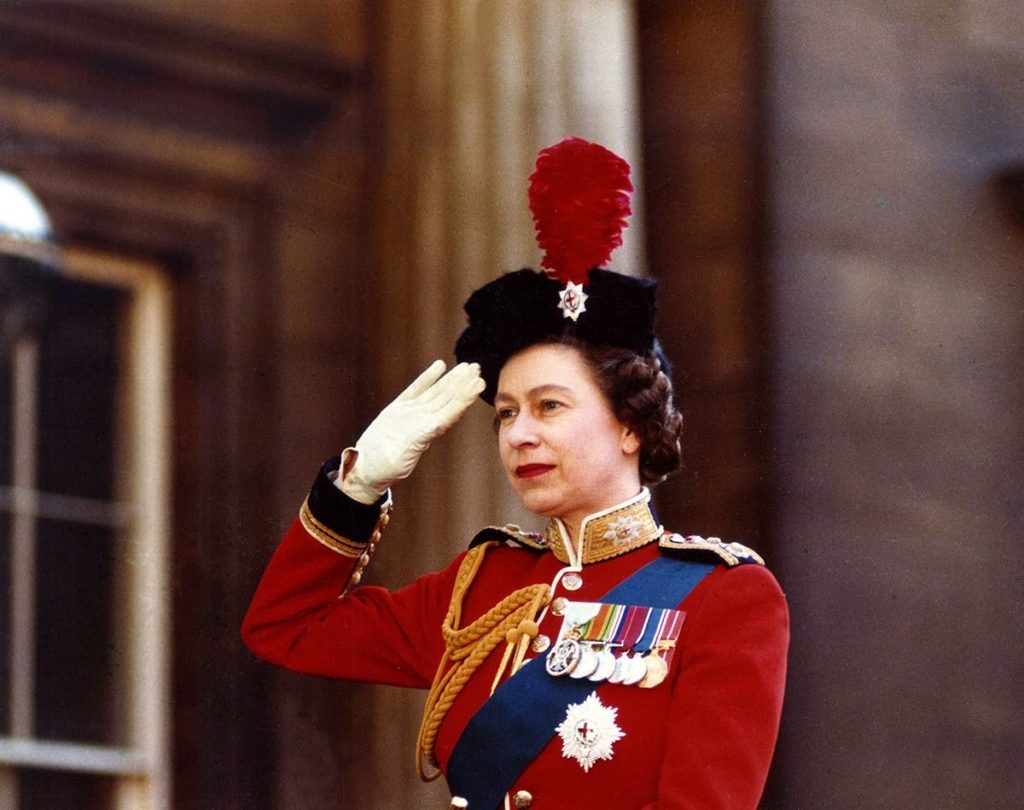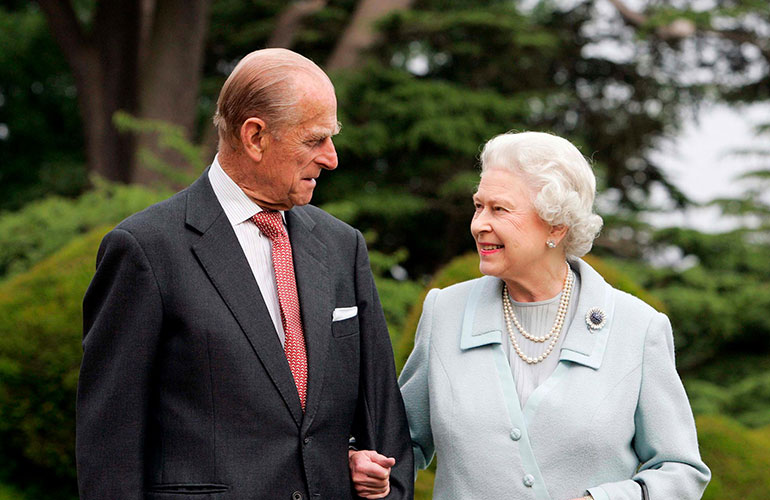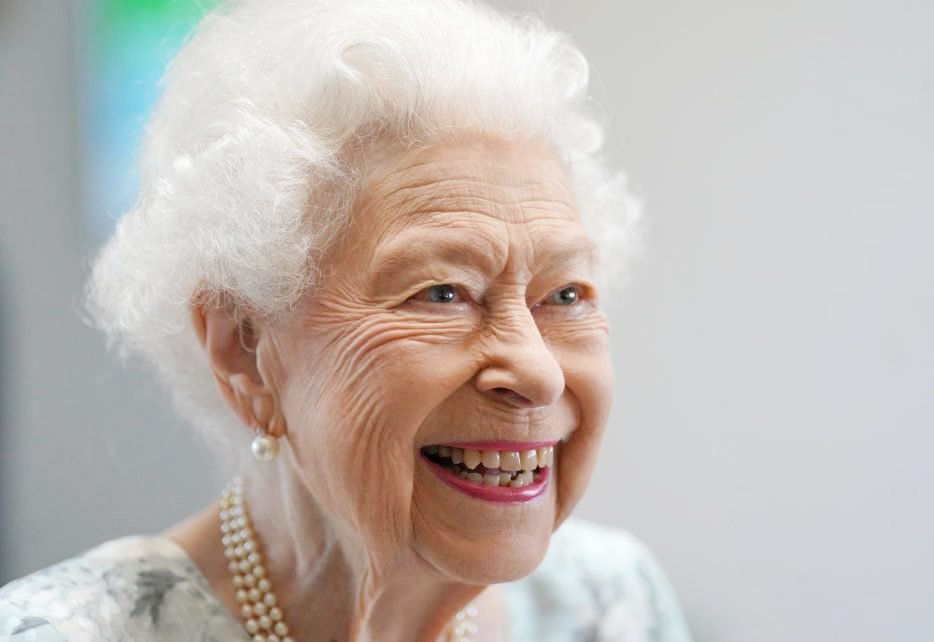
In 1947, the then Princess Elizabeth was on a tour of South Africa with her parents when she celebrated her 21st birthday. It was on that coming-of-age occasion that she made a solemn public pledge to the people of the British Empire and Commonwealth: “I declare before you all that my whole life whether it be long or short shall be devoted to your service.”

It was a promise she kept throughout her long life and extraordinary reign as Queen Elizabeth II, even as the monarchy itself was forced to adapt and evolve with changing times. When, at the age of 25, Princess Elizabeth Alexandra Mary became the 42nd sovereign of England, her subjects and citizens numbered 539 million, more than a quarter of the human race. By the conclusion of her reign, as the age of Empire drew to a close, that figure had fallen by two-thirds.
Her steadfastness was all the more remarkable considering the Queen only attained the throne by virtue of her uncle [Edward VIII]’s shocking abdication in 1936, however, the trauma this event caused her family and subjects no doubt helped explain her determination not to shirk her own responsibilities.
Her workload was constant and immense. Every day of the year, her morning started at her desk—whether at Buckingham Palace, Windsor Castle, or another royal residence—working through her boxes. These were full of correspondence earmarked for her attention, including requests for help, invitations, information from overseas territories where she remained sovereign, and British government papers she was required to sign.

In her position as the nation’s constitutional head, she offered a sense of constancy in the midst of social and political waves of change. She reigned through post-war Britain, the formation of the Commonwealth, the Swinging Sixties, domestic and international conflicts, the rise and fall of trade unions and the dramatic impact of technology.
Her first Prime Minister was Sir Winston Churchill and 14 others followed. For each of them, from both sides of Westminster’s political chamber, her weekly audiences provided a boost, sometimes a balm and always discreet fount of wisdom built on her decades of experience.
Publicly, the Queen stayed firmly out of politics, focusing instead on her 600-plus patronages and other platforms for charity work. She always said she “had to be seen to be believed” and well into her tenth decade, continued to attend hundreds of engagements every year.
She was as equally familiar a figure abroad, becoming one of the most central and respected leaders on the world stage. Her travels over the course of her reign saw her visit an estimated 110 countries, although no trip more significant than one to Northern Ireland in 2012, which saw her shake hands with Sinn Fein leader Martin McGuiness, 32 years after the murder of her cousin Lord Louis Mountbatten at Republicans’ hands.
At home, the Queen entertained guests from the White House to Wellington, including some controversial characters. With her clear grasp of the role of constitutional monarchy in statecraft, she was able to support many a diplomatic mission with her gold-plated banquets and lots of personal charm.
At her side on hundreds of those occasions was her husband of 73 years, Prince Philip, Duke of Edinburgh, a strong-minded man nevertheless content to play second fiddle to his wife in public, and support her in every way. Behind the scenes, he was the undisputed boss of their family and household, and on their golden wedding anniversary, Elizabeth credited him as her “strength and stay”.

Together, they withstood the personal trials of the royal family, starting with the Queen’s sister Margaret’s wish to marry the divorced Peter Townsend in the 1950s, before she changed her mind. Later, the Queen and Duke could only watch as three of their four children were divorced—these scandals dominating newspaper headlines, threatening to undermine the monarchy and, along with a huge fire at her beloved Windsor Castle, contributing to what Her Majesty described as her “annus horribilis” in 1992.
The Queen’s connection with her subjects was tested even more sharply in 1997 following the death of her former daughter-in-law, Diana, Princess of Wales. While the monarch focused on comforting her grandsons, her public silence drew huge criticism until eventually, she gave a moving and clearly sincere tribute.
As she said herself, lessons were learned from this period and the years that followed saw the Queen adopt a more open and accessible style, often smiling and joking, even jumping for joy when one of her horses won a race and participating in the London Olympics opening ceremony.

Her final years saw her withstand the constraints of lockdown and the loss of her husband with her customary fortitude, bolstered by the support of her closest family members, devoted friends and always admiring public. Many of her subjects who openly criticised the institution of monarchy declared themselves impressed by the Queen herself, and agreed with her legions of fans that for all her time on the Throne, the British Crown was in very safe hands.
Throughout her extraordinary reign, Queen Elizabeth II’s life was one of service to her people, never wavering for one minute from the pledge she’d made on her 21st birthday, all those years before.
Source: RD UK






